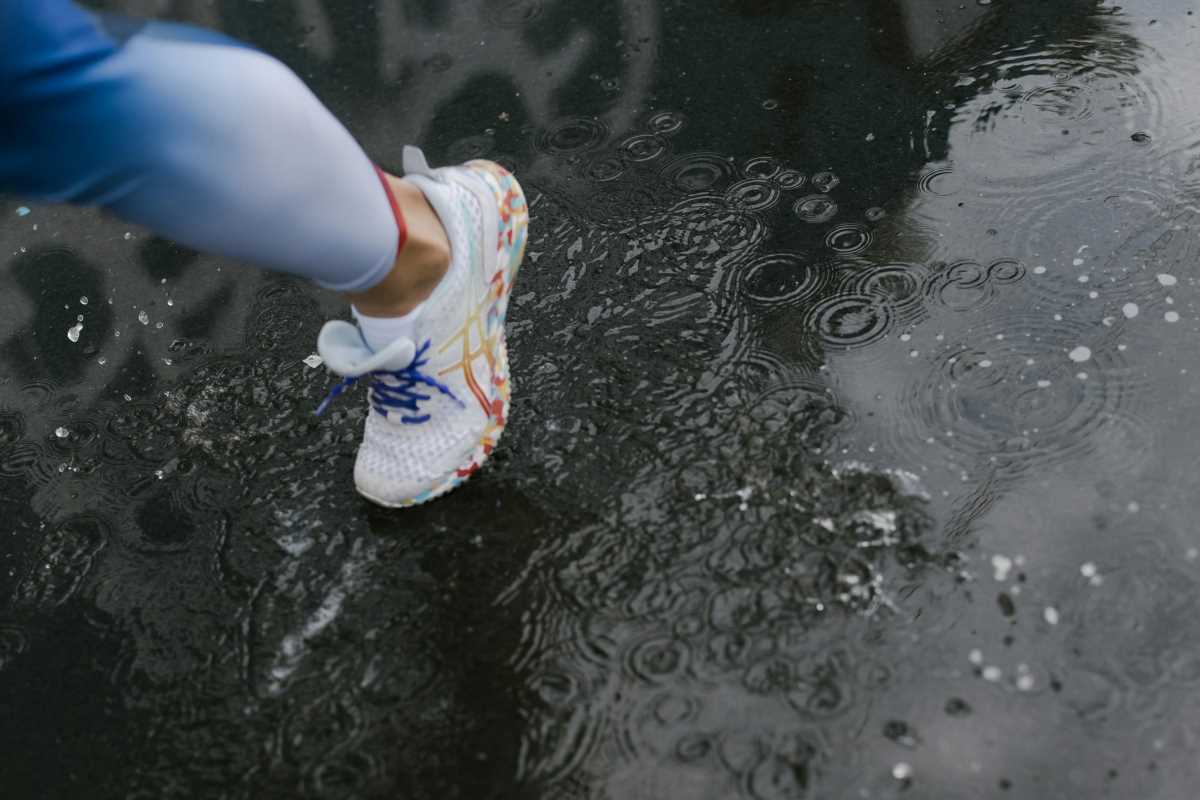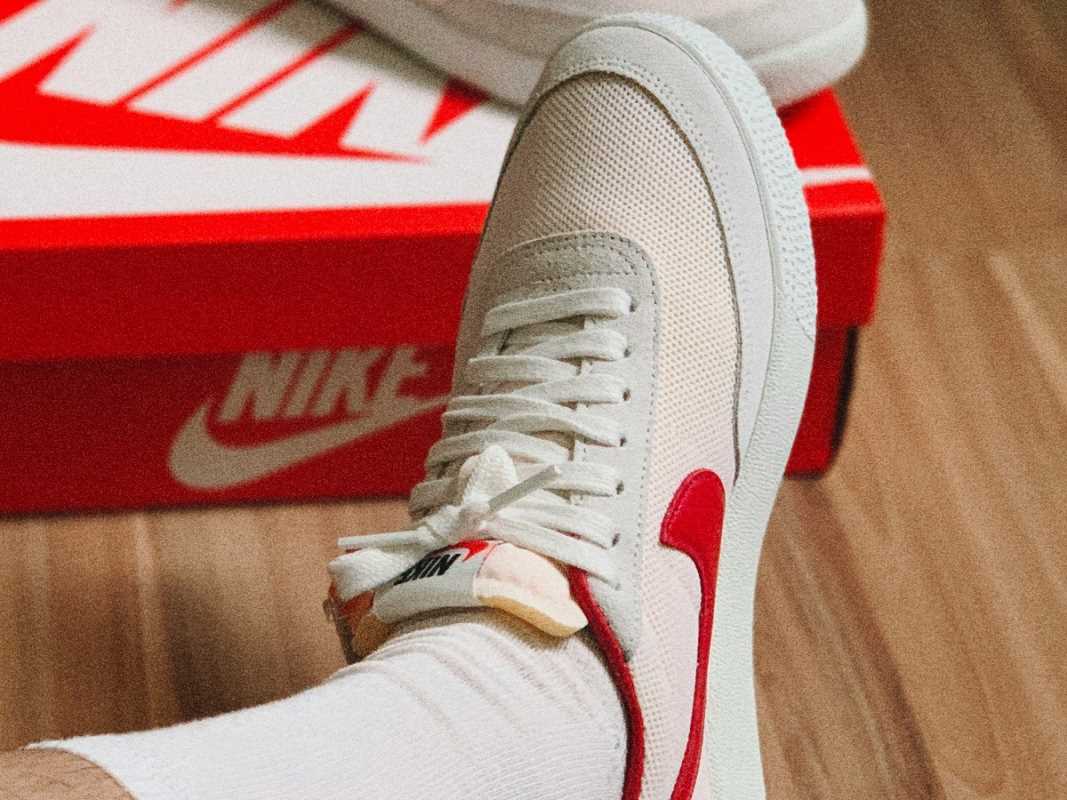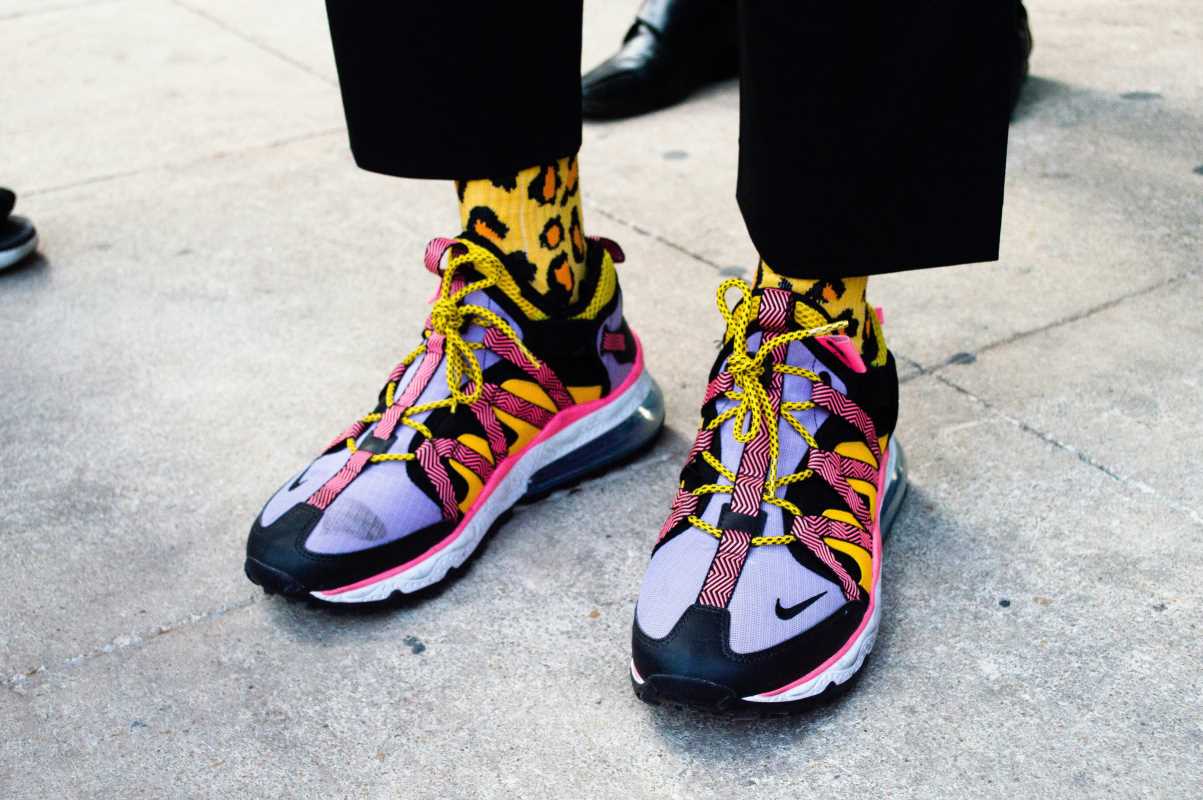Finding outdoor gear that matches your pace and supports environmental responsibility brings a sense of real accomplishment. Whether you charge up steep hills or clock miles on rugged trails, your clothing and equipment need to wick away sweat quickly, stretch as you move, and minimize their impact on the environment. Modern materials and thoughtful construction now make it possible to enjoy high performance without compromise, allowing you to stay comfortable and agile while making choices that are better for the planet. Enjoy the satisfaction of pushing your limits with gear that works just as hard for you as it does for the earth.
Get ready to explore materials spun from recycled bottles or plants, stitching that avoids chafing, and styles that stand out whether you’re hitting a muddy path or a windy summit. This guide shows you how to pick pieces built for sweat sessions under sun or storm, all while backing brands committed to greener choices.
Eco-Friendly Fabrics and Materials
- Recycled Polyester: Made from post-consumer bottles, this fabric sweeps moisture away and resists odors. Expect quick drying on longer runs.
- Tencel™ Lyocell: Sourced from responsibly harvested wood pulp, it feels silky, breathes well, and breaks down naturally at end of life.
- Merino Wool: From ethically farmed sheep, it regulates temperature brilliantly and fights bacteria without synthetic treatments.
- Recycled Nylon: Salvaged fishing nets turn into sturdy, abrasion-resistant fabrics—ideal for shorts or leggings that see rough terrain.
- Organic Cotton Blends: Unbleached and grown without pesticides, it adds soft comfort to casual layers and light warm-ups.
These materials give you four-season coverage without chemicals that harm waterways. They hug your skin, wick away sweat, and keep the itch of stiff synthetics far from your mind.
Design Features That Enhance Performance
- Ergonomic Seams: Panels follow your body’s curves, reducing friction across shoulders, underarms, and around knees.
- Ventilation Zones: Mesh inserts under arms or across the back release heat where you need it most, so cooling happens naturally.
- Stretch and Recovery: Four-way stretch fabrics adapt as you lunge or climb, then snap back into shape without sagging.
- Secure Storage: Zippered pockets or hidden pouches lock keys, gels, or a smartphone in place during every sprint or scramble.
- Reflective Accents: Subtle striping or logos catch headlights on pre-dawn jaunts, keeping you visible when roads are empty.
Countless tweaks like these turn a simple tee or legging into performance gold. You’ll feel the difference when you pivot quickly or cross that finish line.
Best Sustainable Sportswear Options
Patagonia produces trail shorts made from 100% recycled nylon, reinforced at stress points, and colored with low-impact dyes. The cut offers full mobility while meeting eco standards that support fair labor. On chill mornings, slip into Icebreaker’s Merino baselayers. Their wool softens without smells, so you can stay fresh mile after mile.
You’ll find moisture-wicking tops from Girlfriend Collective that cater to intense sessions and add vibrant colors. For outerwear, Trew Gear makes waterproof shells sewn in the U.S. from bluesign®-approved fabrics, keeping wind and rain at bay.
How to Care for Your Sustainable Gear
- Wash on a gentle cycle with eco-friendly detergent to preserve fibers and prevent microplastic shedding.
- Air-dry whenever possible; heat from dryers can weaken fabric and fade colors.
- Remove odor naturally by soaking sports bras or tops in diluted white vinegar before washing.
- Patch small tears promptly using repair kits or gear tape to extend service life.
- Store gear in a cool, dry spot away from direct sunlight to prevent damage from UV rays.
These simple steps increase your gear’s lifespan so you avoid replacing items often. Saving money and resources feels good, especially when that gear becomes your go-to for every tough session.
Selecting high-performance products like EcoGear made from recycled or renewable materials helps you move more efficiently and responsibly. Proper care extends their lifespan, ensuring you leave the trails in better condition.
 (Image via
(Image via





